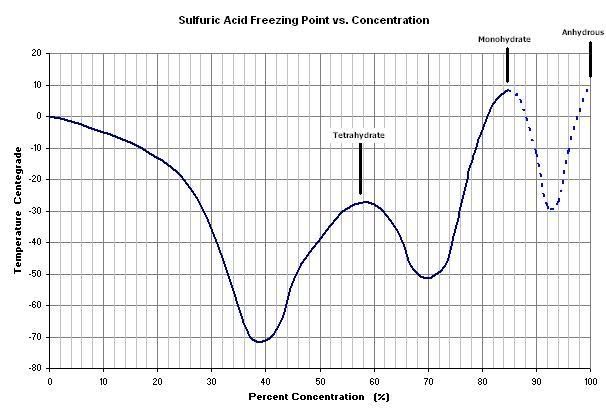
How quickly does a solution of H2SO3 oxidize to H2SO4 (if at all)?.
I've seen this recommended a few times as a viable and (presumably) safer method of producing H2SO4, i.e. bubbling SO2 into water instead of SO3. Yet, nobody seems to do it, so I'm wondering what the catch is.

-Kel






 .........which
.........which